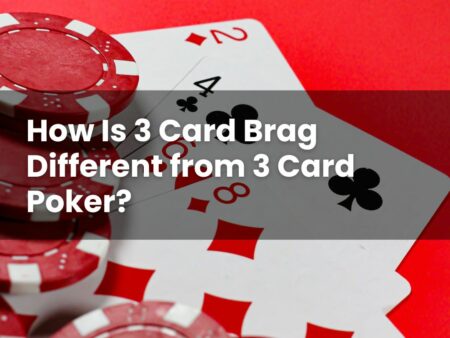Have you heard of rummy and wondered what it’s all about? Though there are many variations of rummy, the basic idea remains similar: players aim to form sets or runs of cards in their hands. It’s a game that can be both engaging and social, as it can be played with friends or family.
In the sections that follow, we’ll discuss how rummy is enjoyed, the rules that guide the game, and what makes it unique. Our focus will also remain on the importance of playing responsibly and keeping things fun.
What Is The Rummy Card Game?
Rummy is a classic card game that many people find enjoyable due to its simple rules and engaging play style. Typically played with a standard 52-card deck, its main objective is to arrange your cards into sets or runs.
Games of Rummy can vary in length, with some people playing until a player reaches a certain score. While playing, important skills such as planning your moves and paying attention to fellow players’ actions can be useful.
How To Play Rummy: Rules Explained
Playing Rummy starts with a standard 52-card deck. Depending on the number of players, you may use additional decks. Typically, between two and six players participate, and each receives a set number of cards: ten cards in a two-player game, and seven cards in a game with more players.
Once the cards are dealt, the remaining deck is placed face down as the draw pile. The top card is turned over to start the discard pile next to it. Your objective is to create sets or runs with the cards in your hand.
During your turn, you draw a card from either the draw pile or the discard pile. After drawing, consider your hand and decide which card to discard. Your turn ends when you place this card on top of the discard pile.
The game continues with players taking turns to draw and discard. When you have organised all your cards into valid sets or runs, lay them down to declare your hand. This signals the end of the round, and points may be tallied based on the unorganised cards remaining in other players’ hands.
Always approach the game with care, ensuring it remains enjoyable and within suitable limits for all participants.
How Many Cards Are Used In Rummy?
The number of cards used in a game of Rummy can vary depending on the version you play. Typically, a 52-card deck is used for most games. This is common for Rummy games involving fewer players, such as two to four participants.
In cases where there are more players, or when you are playing a specific variation of Rummy, you might use two decks shuffled together. This ensures there are enough cards for all players to join in comfortably.
Each player receives a set number of cards at the start of the game. In a two-player game, the usual number is ten cards each. When more players are involved, it is common for each to start with seven cards.
Understanding how many cards are in play is a fundamental aspect of the game. It helps in planning your strategy and ensuring that all players have a fair opportunity to create sets or runs.
Is There a Strategy To Rummy?
Rummy is a game that often involves using your head to plan ahead. While there is no definite formula for success, there are some strategies that might help enhance your play.
One approach involves keeping a close eye on the discard pile. By doing this, you can try to avoid helping other players complete their sets and runs. Paying close attention to the cards your opponents pick up can provide you with valuable insights into their game plan.
An often-used tactic is to work on forming multiple runs at once. This might give you more flexibility in case one set doesn’t work out as expected. It’s also useful to be adaptable, as game conditions change with each turn.
Another strategy includes holding onto higher-value cards for shorter periods. This is considered a way to minimise potential losses if other players declare their hands. Swapping out higher cards for lower-value ones is a common technique.
What Are The Rummy Variations?
Rummy comes in various forms, each offering a different twist on the standard rules. Understanding these variations can add a new dimension to your card-playing experience.
One popular variation is Gin Rummy, typically played by two people. The aim is to arrange cards into sets and runs as quickly as possible. It is known for its faster pace and often involves scoring for unmatched cards left in your opponent’s hand when you finish.
Another interesting version is Indian Rummy, usually played with two decks and often involving more players. It shares similar goals but includes unique rules that distinguish it from other forms of Rummy.
Then there’s Contract Rummy, which introduces the concept of specific objectives or contracts you need to complete in each round. This adds an additional layer of planning, as players go beyond simply collecting sets and runs.
Kalooki, another variation, is especially known in the UK. It typically includes a points system where players aim to minimise their score by getting rid of high-value cards.
Whilst rummy can be a fun way to compete with friends and strangers alike, players should keep in mind that any form of gambling involves risk. Rummy should be played purely for its entertainment value, and not for potential monetary gain.








